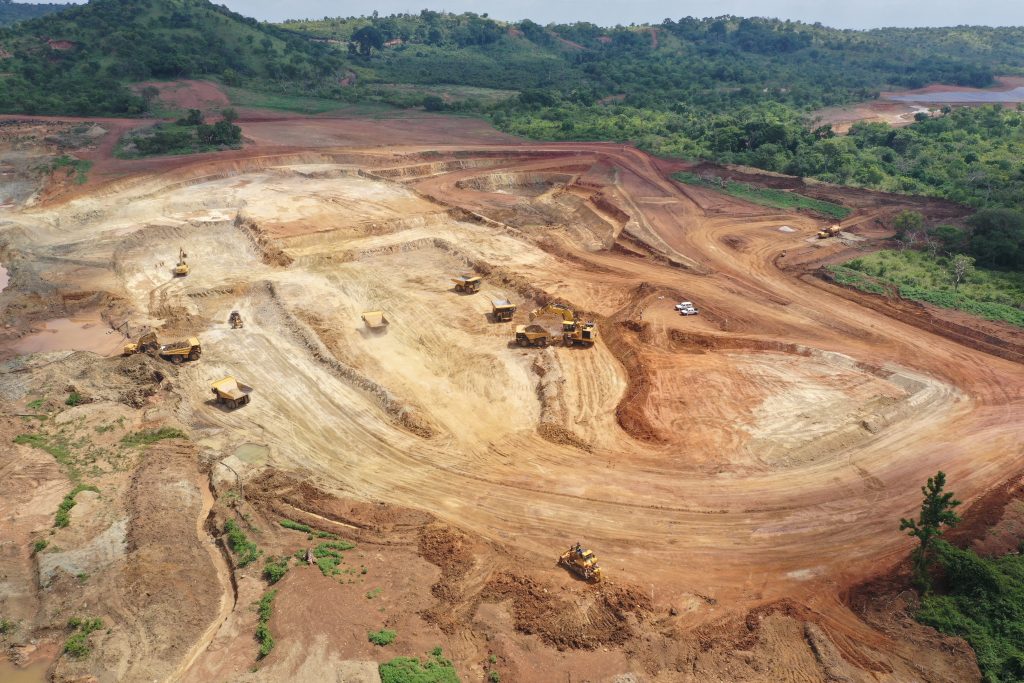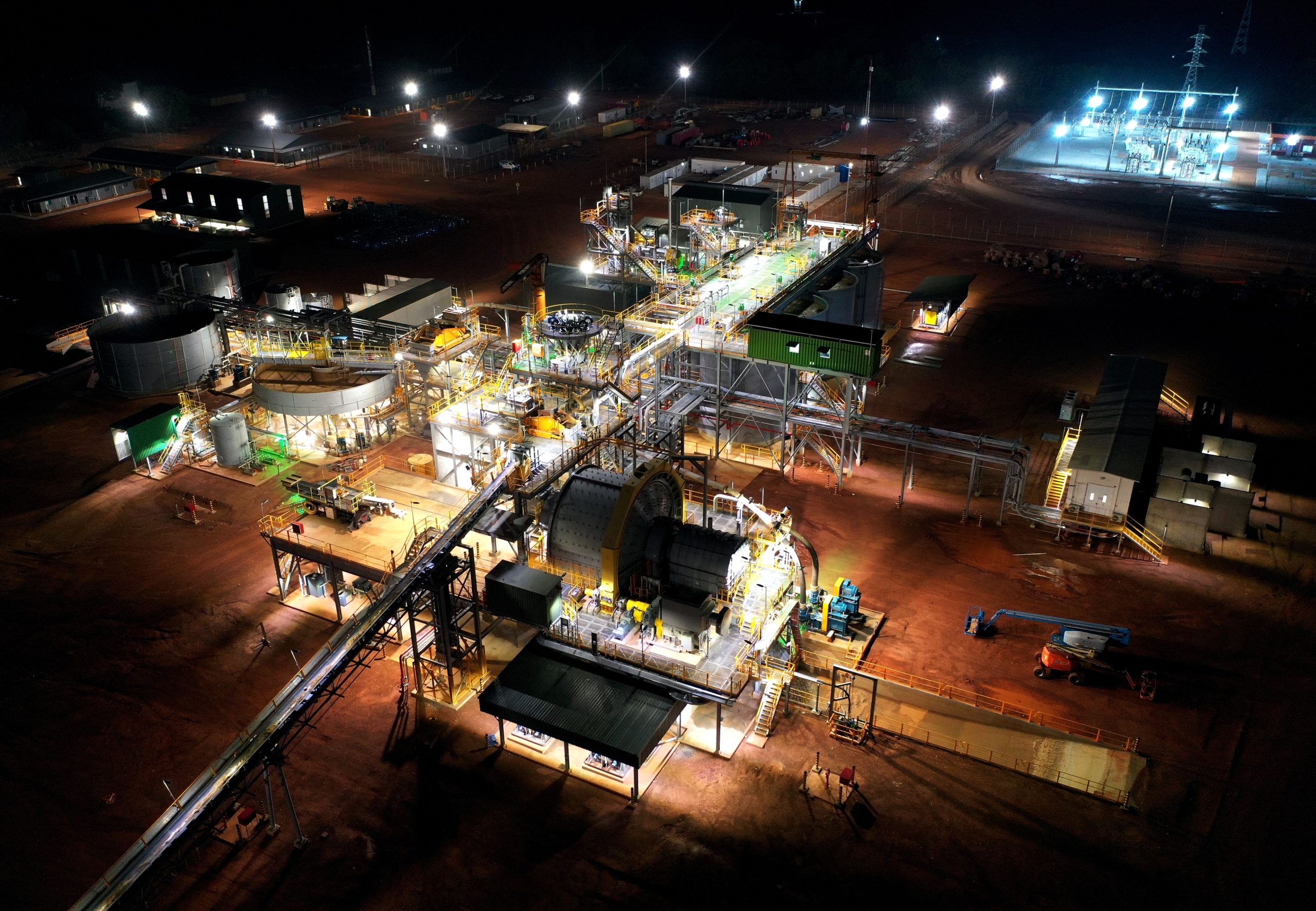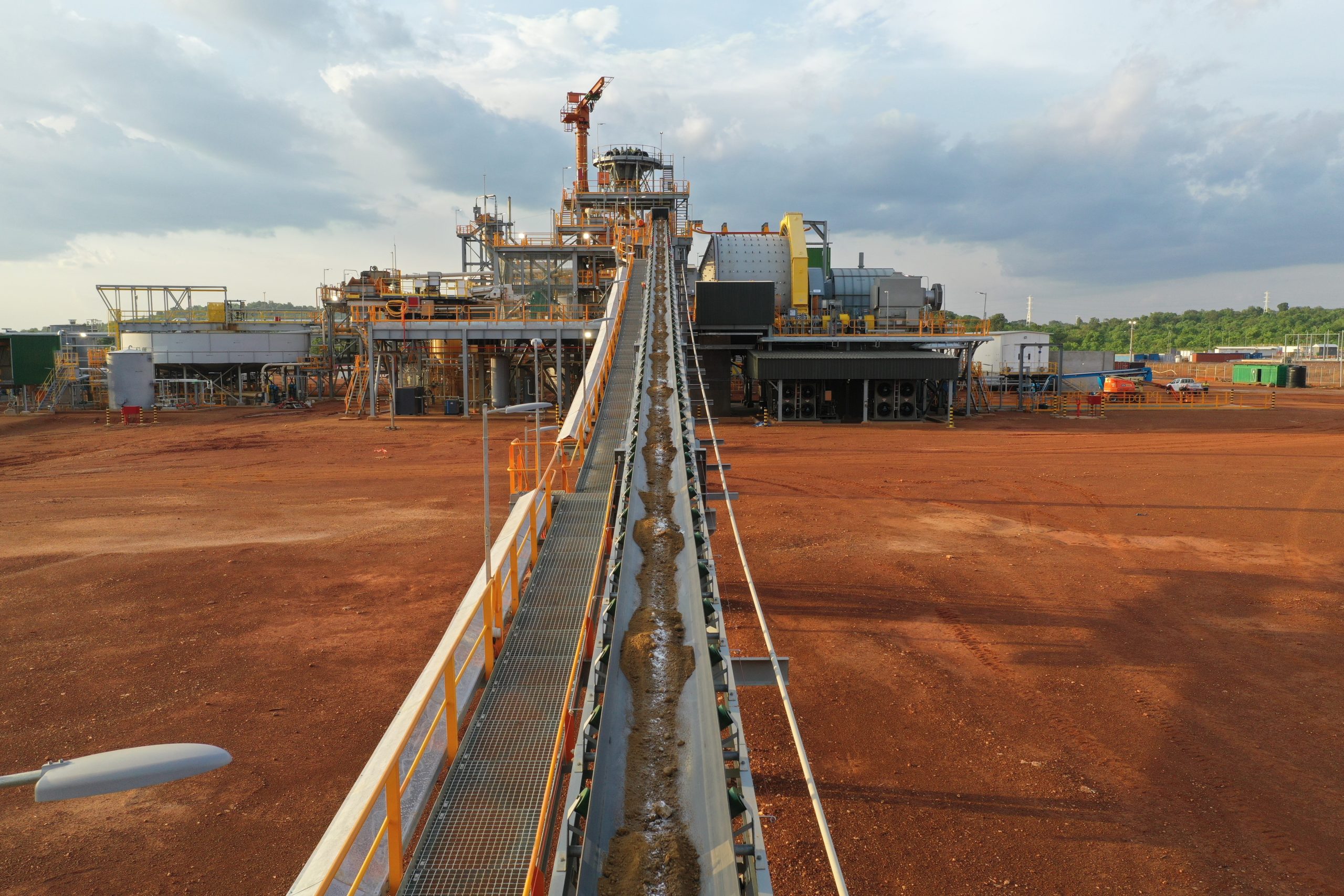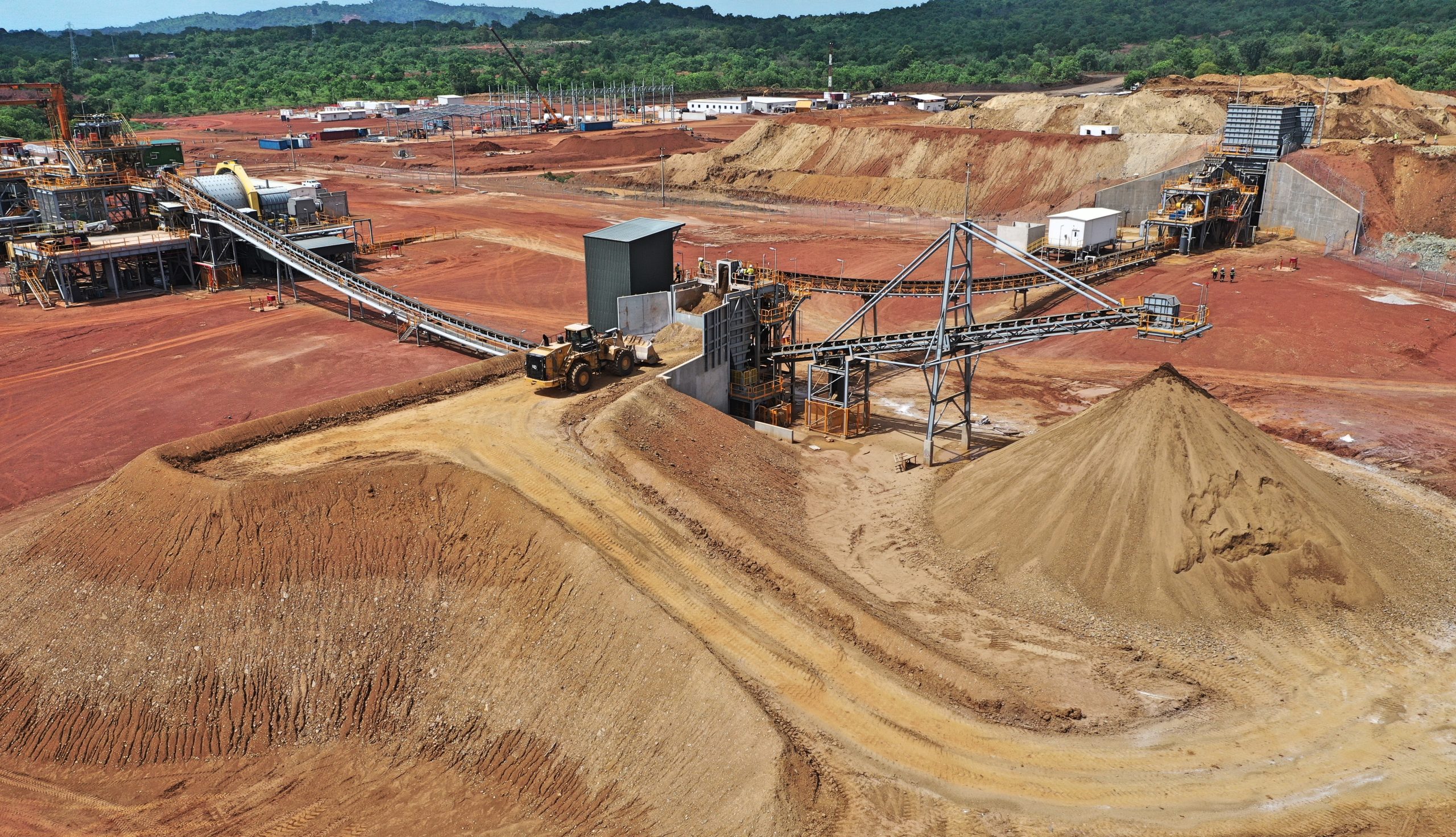Fortuna Silver Mines brings Séguéla into production and is set to repeat that success with the purchase of Chesser Resources.

Antenna pit mining activities at Séguéla Mine, Cote d’Ivoire
By Ian Foreman
Fortuna Silver Mines Inc. [FVI-TSX and FSM-NYSE] has poured the first gold at its Séguéla Mine in Côte d’Ivoire, or the Ivory Coast. The mine is now in the ramp-up phase and production is expected to be between 60,000 and 75,000 ounces of gold in 2023 at an all-in sustaining cost of between US$880 and US$1,080 per ounce of gold.

Fortuna Silver now has five operating mines that are in Argentina, Burkina Faso, Mexico, Peru, and Côte d’Ivoire. As an intermediate precious metals producer going through a period of significant growth, Fortuna Silver is already looking forward to the acquisition of Diamba Sud with the announcement of the proposed acquisition of Chesser Resources. The acquisition of Chesser Resources is subject to the approval by the Federal Court of Australia and by the shareholders of Chesser Resources, together with other customary closing conditions.
However, the first gold pour at the Séguéla Mine is more significant than simply the company commissioning its fifth mine. Rather, it is another step away from the company’s historic roots, as a silver producer focused in Latin America, towards becoming a company that is a primary gold producer with a strong presence in West Africa.
The recently announced proposed acquisition of Chesser Resources builds on Fortuna’s West African footprint which was established through the company’s acquisition of Séguéla through its successful takeover of Roxgold Inc., which was announced in April of 2021 and valued at CAD$1.1 billion.
According to Fortuna Silver’s President and CEO, Jorge A. Ganoza, the purchase of Roxgold was controversial at the time. He felt that there needed to be some short-term pain for long-term gain. “When looking at the Roxgold acquisition, there were others on the table at the time. We asked ourselves ‘do you want the better asset or the short-term easy sell?’”, explained Mr. Ganoza “…the asset will ultimately prevail.”

He admitted that it was challenging “Bringing together the expectations of investors with the longer-term decisions that we have to make that you won’t see the results of in one, two or even four quarters”. But it is that longer term vision that has allowed for their recent success.
And if shareholders were doubtful during the development process, initial drilling success such as 20.2 g/t gold over an estimated true width of 18.2 meters and 13.4 g/t gold over an estimated true width of 18.2 meters from January of 2022, must have helped appease the naysayers.
“[Séguéla] is now our flagship asset with reserves and resources to last approximately a decade”, stated Mr. Ganoza.
And he should be happy with the company’s success at Séguéla – the mine was brought to production both on time and on budget. The sustaining costs are expected to be between US$880 and US$1,080 per ounce of gold in 2023.
“Why did we move to West Africa?” Mr. Ganoza asked.
“It is because that is where the quality assets are.” “If you want to become a force in mining, you need to be in West Africa. If you look at the cost from discovery through to production, it must be the premier destination for mining companies,” he furthered.
“Mining has always been a frontier business”, explained Mr. Ganoza. “Some feel that West Africa is a faraway exotic place, but if you are in the business of mining then those are the places to be.”

But the leap from Latin America to West Africa isn’t that big of a stretch, at least geologically. The Guiana Shield, at the northern tip of South America, and host to at least 19 +1-million-ounce gold deposits, is an extension of the West African Shield, host to at least 25 +1-million-ounce gold deposits as the Palaeoproterozoic-aged host rocks predate the separation of those continents.
Fortuna Silver has grown steadily over the past decade; their combined Proven and Probable Mineral Reserves stand at 92.5 million tonnes containing 2.8 million ounces of gold and 20.1 million ounces of silver with an added 37 million tonnes containing 1.1 million ounces of gold and 10.5 million ounces of silver in the Measured and Indicated category. This is shored up with Inferred Mineral resources of 22.1 million tonnes containing 1.4 million ounces of gold and 26.5 million ounces of silver.
However, mining is a business of depleting assets and a producer such as Fortuna Silver must be constantly replacing ounces – be it through exploration and resource definition or by acquisition. So, with their feet now firmly planted in West Africa, the company is looking to repeat the success of the merger with Roxgold and taking Séguéla to production. “There are strong similarities [at Diamba Sud] to how Séguéla looked back in 2019”. And with Séguéla now in production, who can doubt him?
Diamba Sud, one of the new and emerging gold discoveries in Senegal, has, as of December 12, 2022, a JORC reported Indicated Mineral resource estimate of 10.0 million tonnes averaging 1.9 grams per tonne gold containing 625,000 ounces of gold and an inferred mineral resource estimate of 4.7 million tonnes averaging 1.5 grams per tonne gold containing 235,000 ounces of gold.

To date, Diamba Sud contains four open pitable high-grade deposits and multiple exploration targets. The property covers 872 square kilometres and is located within the highly productive Senegal-Mali shear zone, a world-class mining district. Mineralization is associated with gold-bearing splays off of the Senegal-Mali Shear Zone, which is one of the most prolific gold belts in the West African region that is also host to Barrick Gold’s Loulo Complex and Gounkoto Mine, B2 Gold’s Fekola Mine, and Managem’s Boto Complex.
The scoping study on Diamba Sud demonstrated that the project is highlighted by a technically simple, open pit mining concept across several pits, with a conventional 2 million tonnes per year gravity/CIL plant design and has the potential to generate a post-tax 5% NPV of US$218 million and 43% IRR over a seven-and-a-half-year mine life (assuming a US$1,600/oz gold price).
Combine these favourable results with Senegal being a mining-friendly jurisdiction that has an established mining code as well as low regional security risk, and Fortuna Silver intends to prioritize exploration to convert the historic JORC mineral resources to NI 43-101 compliant mineral resources before advancing Diamba Sud to development stage.
“This transaction is very much aligned with our strategy to bring high-value exploration and development opportunities in regions where we are established” explained Mr. Ganoza.

The company won’t rush the development of Diamba Sud and will use its success at Séguéla as a model. “[At Séguéla] we did not just run to production. We re-assessed the capital budget over a period of 3-4 months and the production decision actually increased the budget”, offered Mr. Ganoza. “It is only now that we are going to see the true accretive benefits to the Séguéla Mine. It has been almost two years and we are now ready to harvest the asset.”
The upside for Fortuna Silver seems considerable. And analyst coverage has been favorable to the company as well. Canaccord Genuity analyst Dalton Baretto elevated his recommendation to ‘buy’ and BMO Capital analyst Ryan Thompson had a ‘outperform’ recommendation for Fortuna Silver. Scotia Capital’s analyst Eric Winmill is a fan as well with a ‘sector perform’ recommendation as he sees Fortuna Silver “nearing a free cash flow inflection point” and is enthusiastic regarding the potential for Fortuna Silver to start paying a dividend.
